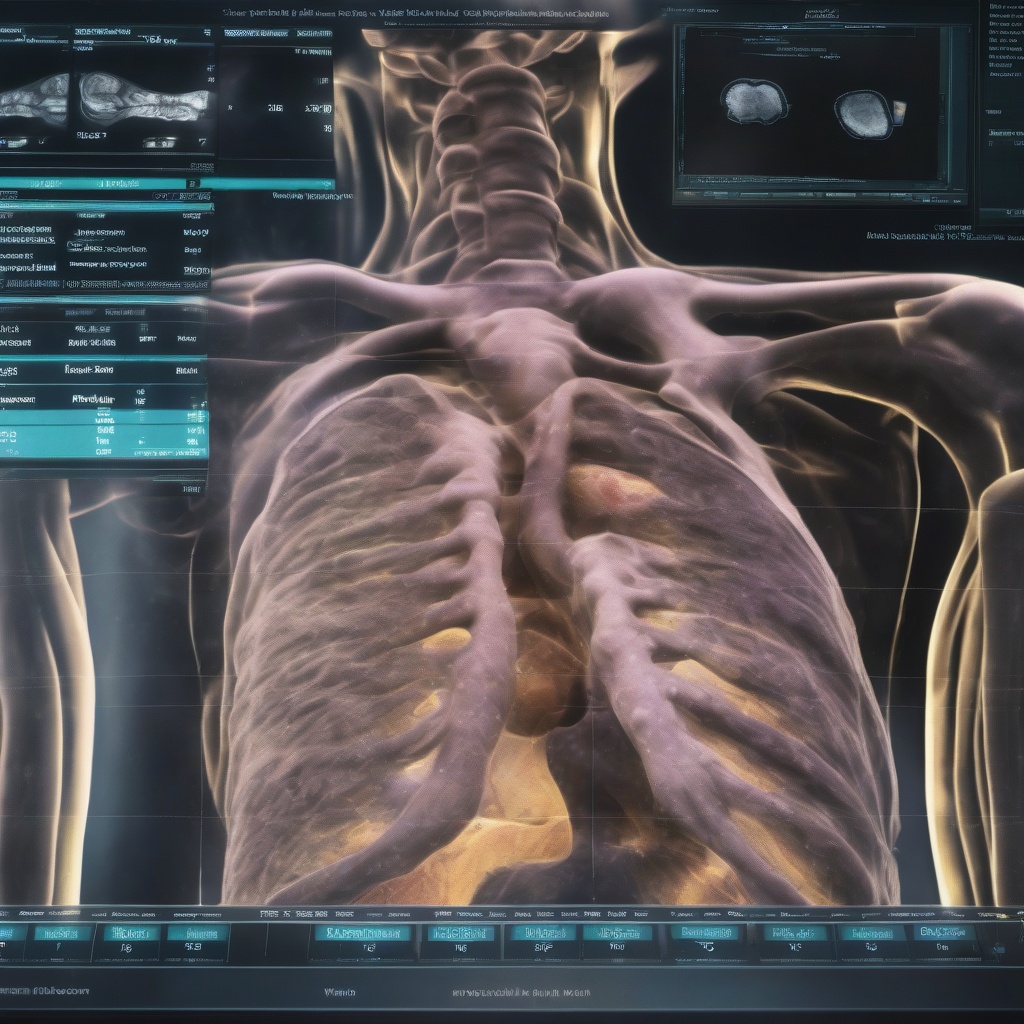Rare Blood Disorder Masquerades as Mysterious Fever with Unusual Bone Lesions Found
A 35-year-old male patient presented with a perplexing case of pyrexia of unknown origin, accompanied by unusual bone lesions. The patient’s symptoms had been ongoing for several months, with no clear diagnosis or effective treatment. A thorough investigation ultimately led to the discovery of a rare blood disorder, aggressive systemic mastocytosis, which was masquerading as a mysterious fever.
Initial Presentation and Investigation
The patient initially presented with recurring fevers, night sweats, and fatigue. Laboratory tests revealed an elevated white blood cell count and increased levels of inflammatory markers. A series of investigations, including blood cultures, imaging studies, and bone marrow biopsies, were conducted to determine the underlying cause of the patient’s symptoms. However, despite extensive testing, no clear diagnosis was established.
Breakthrough Discovery
Further evaluation included a mast cell activation workup, which revealed significantly elevated levels of mast cell mediators, including tryptase and histamine. Computed tomography (CT) of the chest and abdomen showed sclerotic rib lesions and hepatosplenomegaly. These findings, combined with the patient’s clinical presentation, led to a diagnosis of aggressive systemic mastocytosis.
Understanding Aggressive Systemic Mastocytosis
Aggressive systemic mastocytosis is a rare and aggressive form of mastocytosis, a disorder characterized by the abnormal accumulation of mast cells in various tissues. This condition can affect multiple organ systems, including the skin, bones, liver, and spleen. The disease is often associated with mutations in the KIT gene, which plays a crucial role in mast cell development and function.
Clinical Features and Diagnostic Challenges
The clinical features of aggressive systemic mastocytosis can be non-specific and varied, making diagnosis challenging. Patients may present with symptoms such as:
- Fever
- Night sweats
- Fatigue
- Weight loss
- Abdominal pain
- Musculoskeletal pain
The presence of sclerotic bone lesions, as seen in this patient, is a rare and uncommon finding in mastocytosis. The diagnostic workup for this condition typically involves a combination of clinical evaluation, laboratory tests, imaging studies, and bone marrow biopsy.
Management and Treatment
The management of aggressive systemic mastocytosis requires a multidisciplinary approach, involving hematologists, oncologists, and other specialists. Treatment options may include:
- Chemotherapy
- Targeted therapies (e.g., tyrosine kinase inhibitors)
- Steroids
- Supportive care (e.g., pain management, symptom control)
Conclusion
In conclusion, aggressive systemic mastocytosis is a rare and challenging blood disorder that can masquerade as a mysterious fever with unusual bone lesions. A high index of suspicion and thorough investigation are essential for establishing a diagnosis. Early recognition and treatment can improve patient outcomes and quality of life. Read the full case report to learn more about this unusual presentation of a rare hematological disorder.



